I am not a purist. Not when it comes to the things I enjoy, nor the way I work, and definitely not in the way I approach photography. I love shooting film, but will spend time in post getting the image to look how I want (to the point that traits and distinctions between emulsions get lost in the process). I often shoot digital, too.
However, there is a line for me; I work in graphic design and I see a lot of Photoshop comp jobs, some well executed and many that are terrible. In fact I make a lot of Photoshop comps myself (some terrible). As a creative outlet for me that is not formed around a client brief, I most enjoy photography when it is not digitally enhanced beyond the original working source material, and that truthfully reflects a moment in time and the photographer’s choices in that moment.
So, no rules… but I know what I (don’t) like.
My hybrid workflow
I’m sure all of you are familiar with what a hybrid workflow (in the context of film photography) looks like. It involves shooting and developing film of course, and then the use of modern technologies of some kind to reach the final image.
When I decided to develop my own film I bought an old Minolta Dimage IV scanner, which I hoped would complete my workflow without the need to run the TIFFs through Lightroom (the less Adobe Suite in my spare time the better). This thing was 20 years old and although it produced beautiful scans, it was a slow stop–start process that would crash after 3 or 4 frames and stopped working altogether after only a few rolls. Weary of legacy anything, I switched to camera scanning with my Fujifilm mirrorless and invested in a copy stand, macro lens and film holders setup that would not require software updates. I would use my iPad (with diffuser) as a light source and then use it to convert and edit the scans. A bit of a hassle, so why not just shoot solely digital? We all know the answer to that.
Goldhill Community Garden: A simple plan for a photo
I moved home earlier this year, from central Singapore to somewhere else central Singapore. Still, it had been almost 7 years in my old hood so I was happy to take a look around somewhere new. On a wander one afternoon I came across Goldhill Community Garden behind an upmarket residential crescent.
The entrance and its surroundings are beautifully maintained and the group effort in growing diverse species of plants is evident, but follow the thin path down the slope and things get a little more wild, if not unkempt. At the bottom of the hill a solitary bench faces an unusual sheltered seating area that looks a lot like a bus stop without a road. I haven’t seen such a thing anywhere else in Singapore and directly behind it is a large palm tree and a grassy padang. I figured this would be an ideal spot to try my newly acquired Rolleicord IV, and took a few reference snaps with my phone.
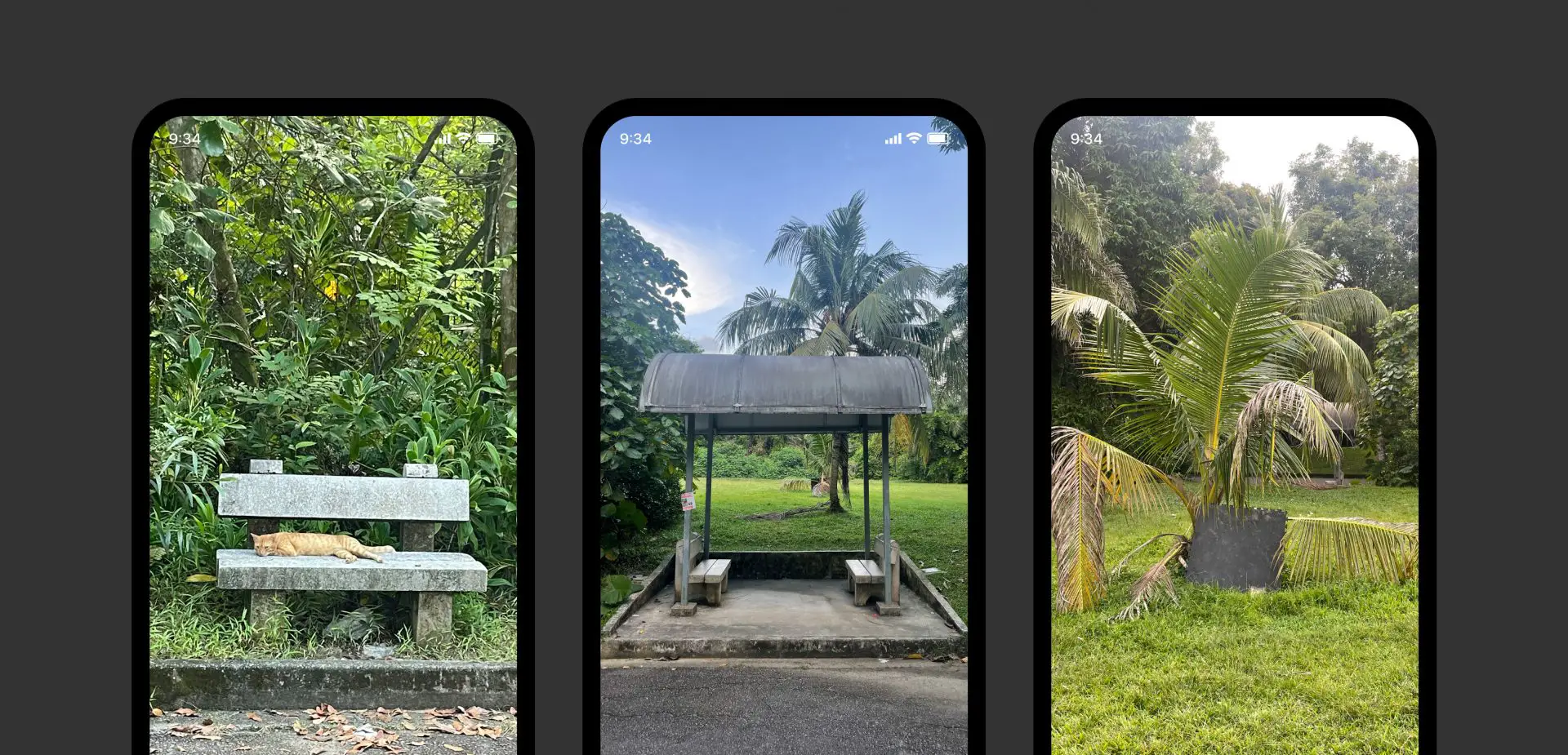
I would load the Rolleicord with HP5, get up early one morning before work, and take my tripod (I hardly ever take a tripod anywhere) for a slow and methodical exposure that would suit the old TLR and make the most of the early light.
One shot, and I’ll bracket it. Foolproof.
How that actually went
All according to plan, I thought. I got myself out of bed, smashed an espresso, headed over to Goldhill and spent an hour mooching about with the Rolleicord as the sun came up. I metred, I bracketed, I tripod-ed, and was genuinely excited to see the results.
Since I was working from home at the time, I hurriedly loaded the film into my Lab-box on my lunch break that same day. I find Lab-box to be a great tool so long as you’re very careful with it. Never rush it. After dev, stop and fix I lifted the lid and found the film had bunched together at the entrance to the film chamber. I was devastated and so angry with myself for not taking care. When I’m focused Lab-box just works, when I’m sloppy it punishes me. I know this!
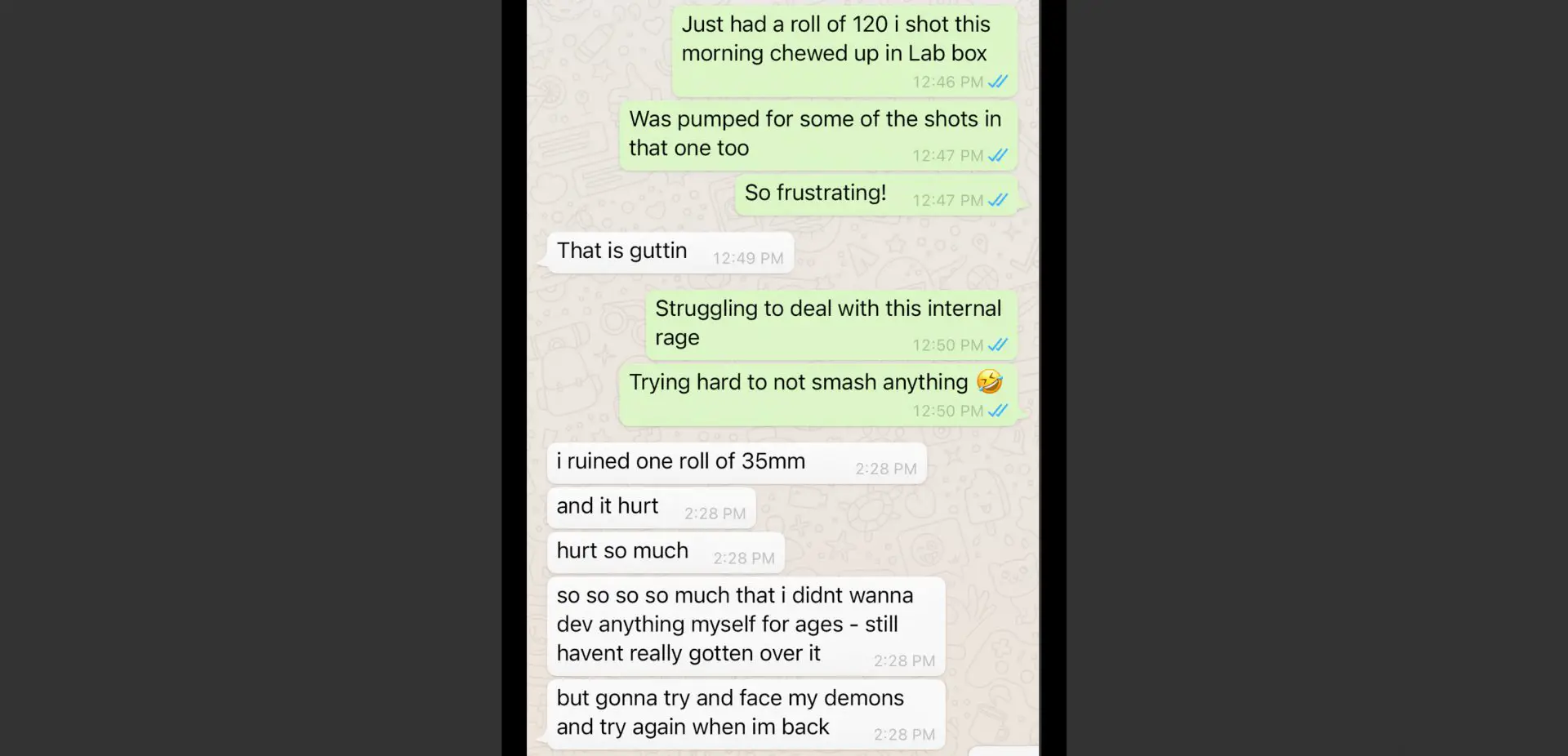
Attempt 2
The day after this disaster I tried to develop a roll of 35mm to make myself feel better and ruined that too (I think I left the reel pulled out to 120). I would not be making development errors any more, at least not for a while.
A couple of weeks later I loaded some HP5 and set out early once more. I initially felt weary to re-shoot the same thing over again, but once I reached the bottom of the path I found the open areas and grass had a lovely low mist hanging over them and I recalled the light rainfall the previous evening. It was damp and slippery and the light was dim, but I got various angles of the pseudo bus shelter and a few other things. This would be so much better than the lost negatives!
I took my time with the development and hung the negatives to dry. ‘Nailed it,’ I thought.
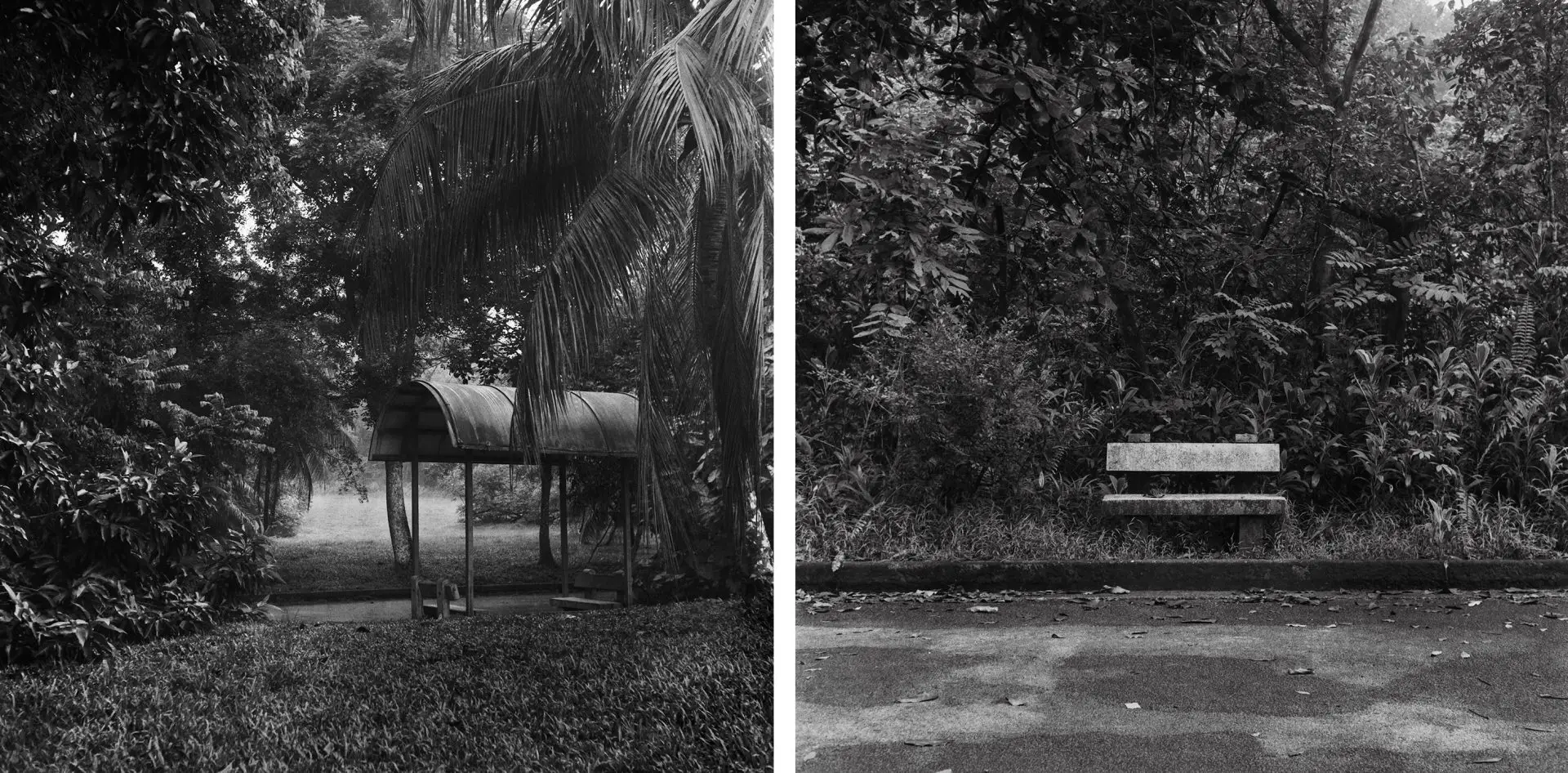
But then this:
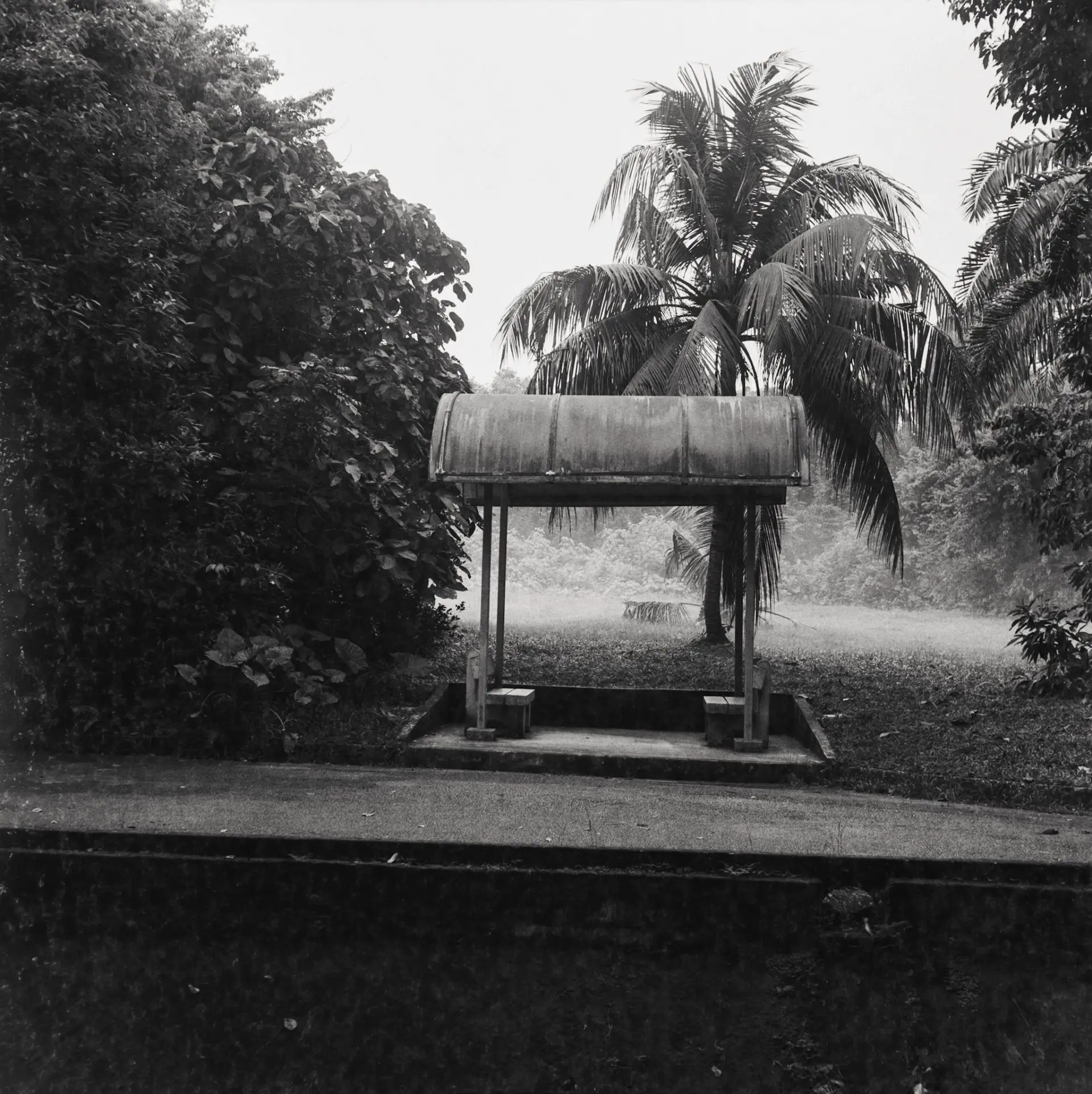
What the hell is this?! Apparently this is what happens when 120 film is poorly kept and the backing paper sticks and comes off onto the emulsion. I had only bought this film a week prior so this time it was not my fault, though my frustration levels were at least equal to attempt 1.
Attempt 3
So, there were some positives to take from the previous attempt. I have learned to pay close attention to the weather leading-up to a shoot; I will be patient and wait for the right kind of rainfall the night before I head out. Also, that previous shot of the shelter was good but the composition would have been better if I’d gotten a little closer. This time—third time round—I will be fully prepared.
I’d recently had a 20×20 print made from my Rolleicord with Delta 100 that came out nicely so went with Delta (400) this time, other than that I tried to match the conditions of the previous attempt as closely as possible. I got my morning mist, though it was thinner. I positioned my tripod closer to the shelter and fired off a couple of angles. I also got the unexpected bonus of a man performing tai chi further down the winding path, the scene neatly framed by the trees opposite the shelter.
After a routine development in D76, I finally had a set of well exposed, clean negatives.
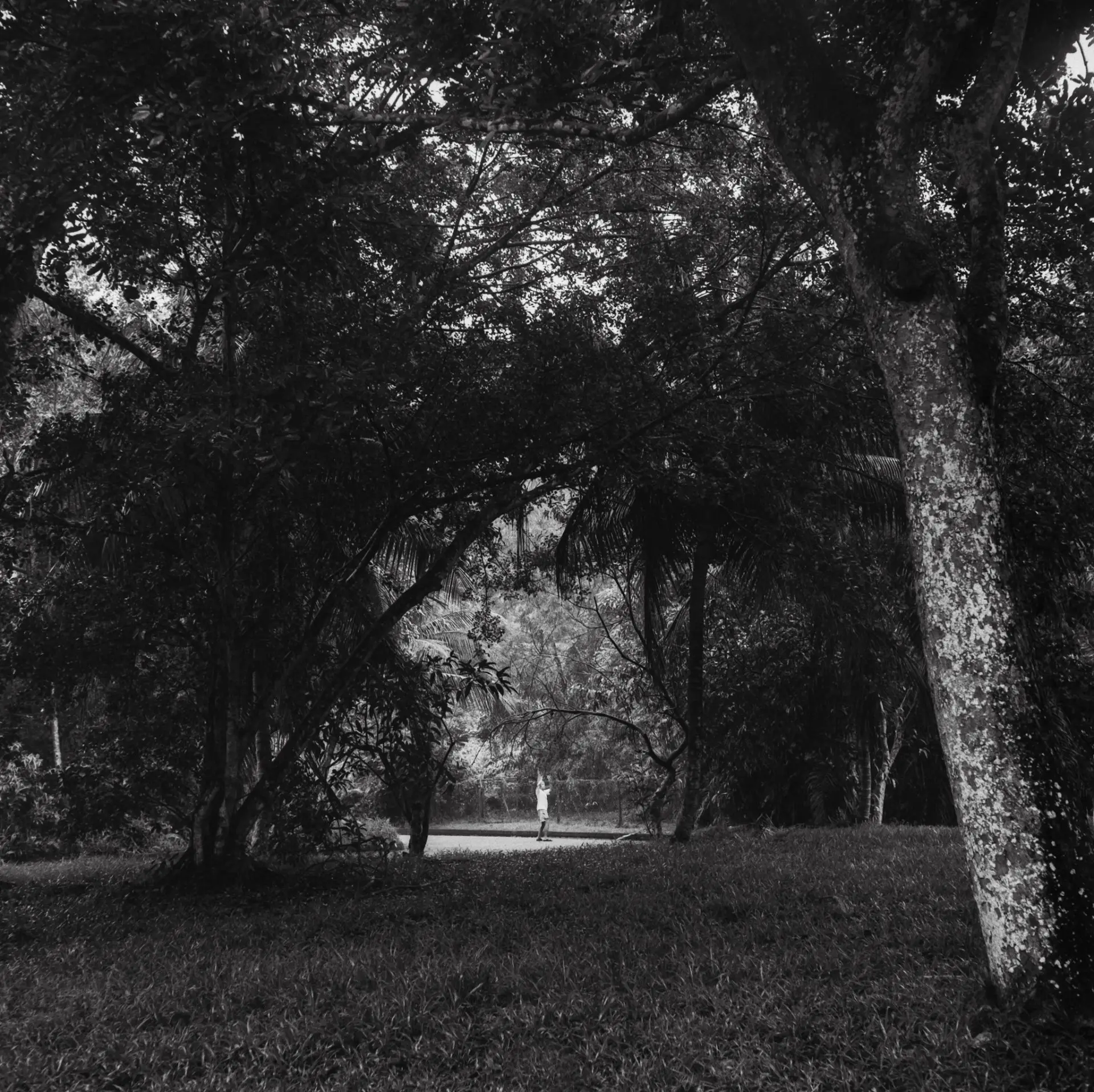
Picking a winner
I was a little sad to lose the heavier mist of attempt 2, but those negatives were ruined and the shelter was not ideally proportioned to the frame. Right. The new roll was crisp and better framed. Right? Upon comparing my preferred shots from attempts 2 and 3, I noticed that although the newer composition was better in terms of proportion, it had lost the simplicity of the front-facing angle from the previous round.
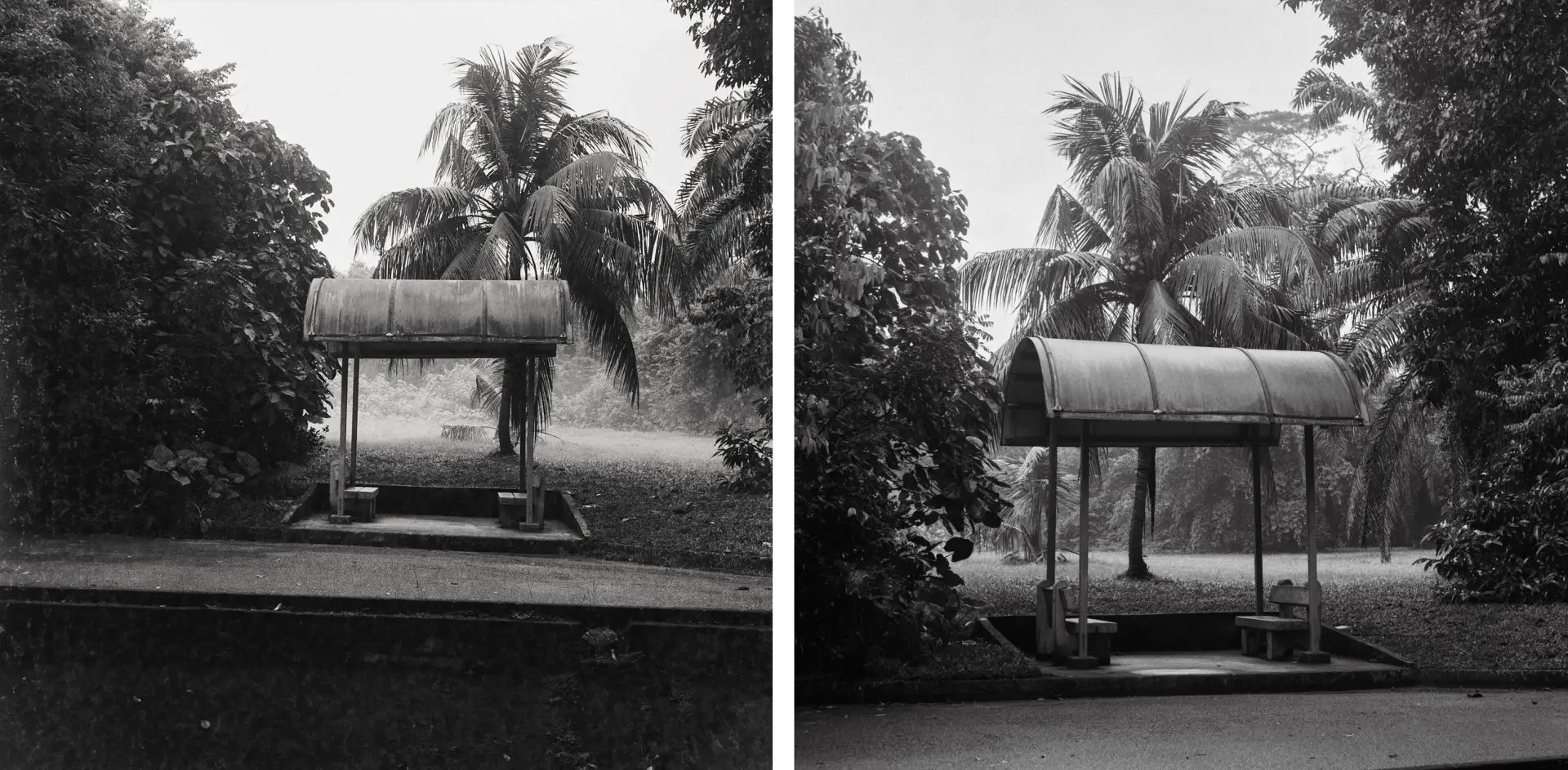
I really wanted to get this right, so it looked as though I was heading for round 4, but then I thought about my ‘no rules’ rule; why not just crop in to the shot from the previous round? This is medium format, afterall.
For some reason it had not occurred to me to crop my analog frames (even though I do frequently with digital), as though there was something holistic and sacred in the chemicals that should not be broken apart. I couldn’t, could I? Actually yes, and I could probably edit out most of the crap from the backing paper, too. Ten minutes later I finally had my image.
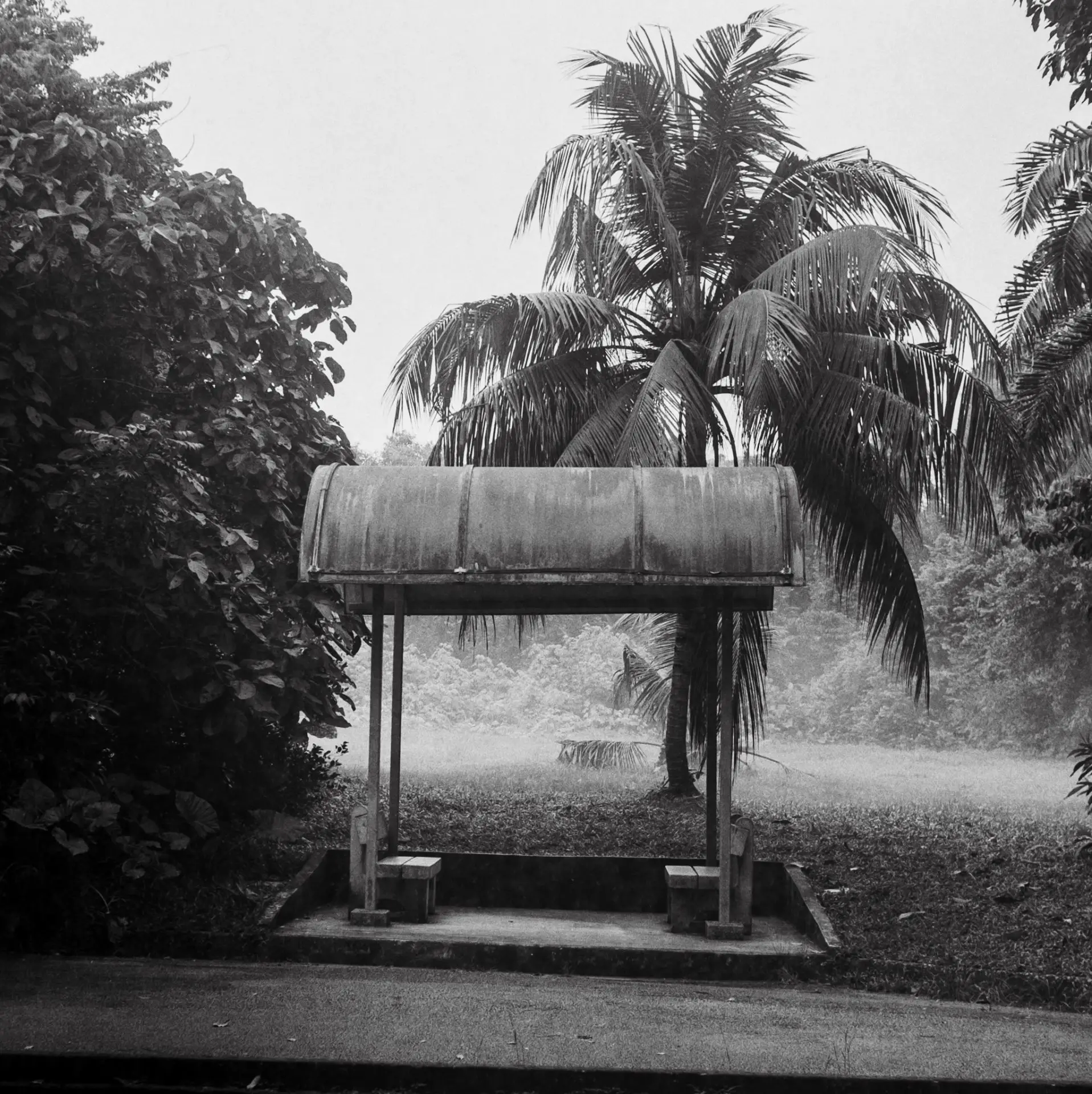
Final thoughts
Part of me regrets not getting it perfect in-camera, but overall I am satisfied—I have the analog feel I enjoy, it captures the mood I felt at the time of shooting, and the digital enhancement required did not go beyond the original source material, I think.
Are there self-imposed rules you try to stick to with your work?
Instagram: @j_blinder
Share this post:
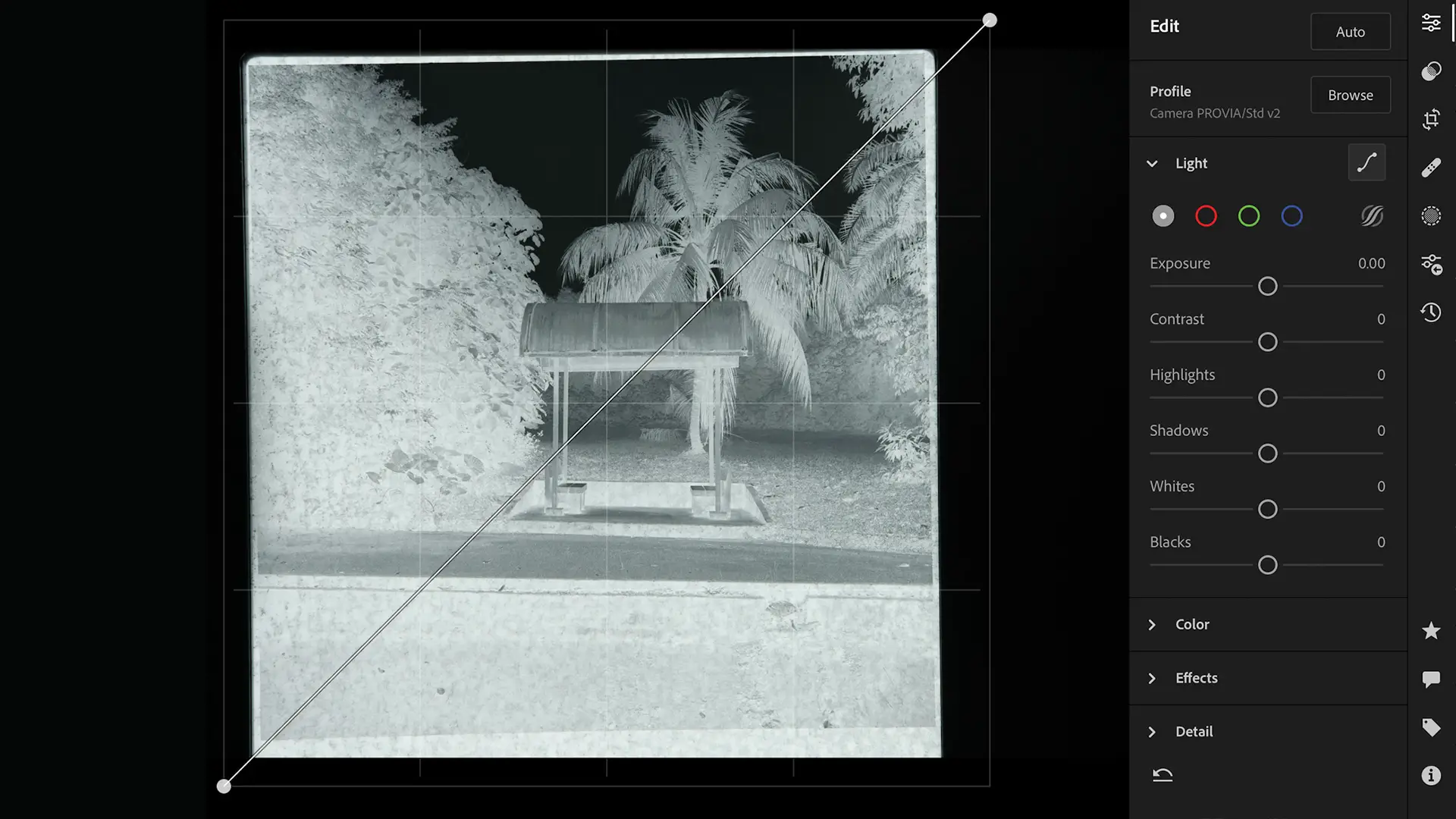
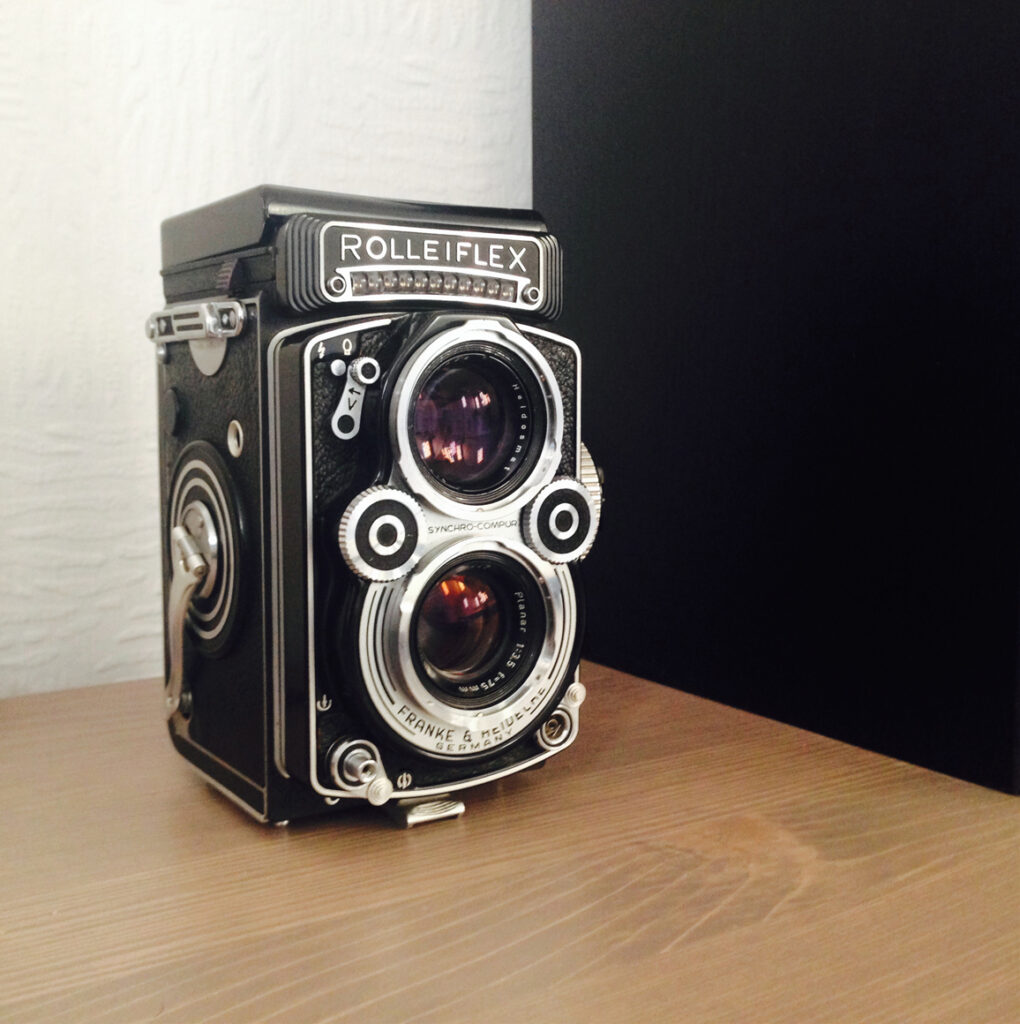
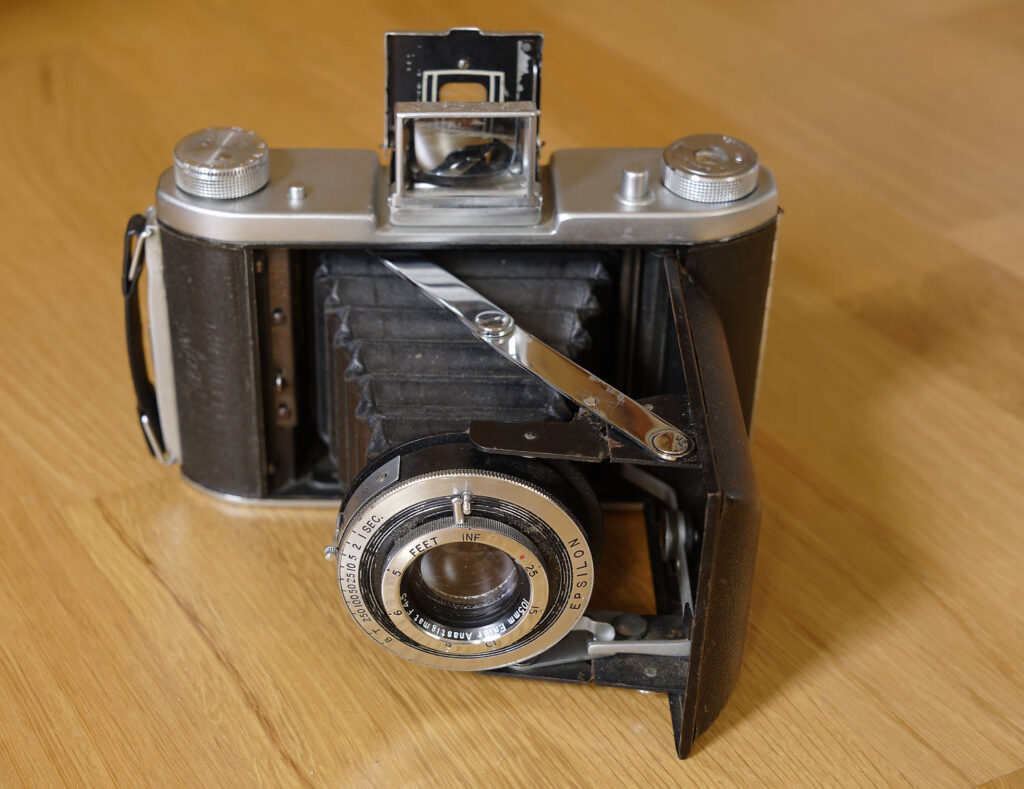
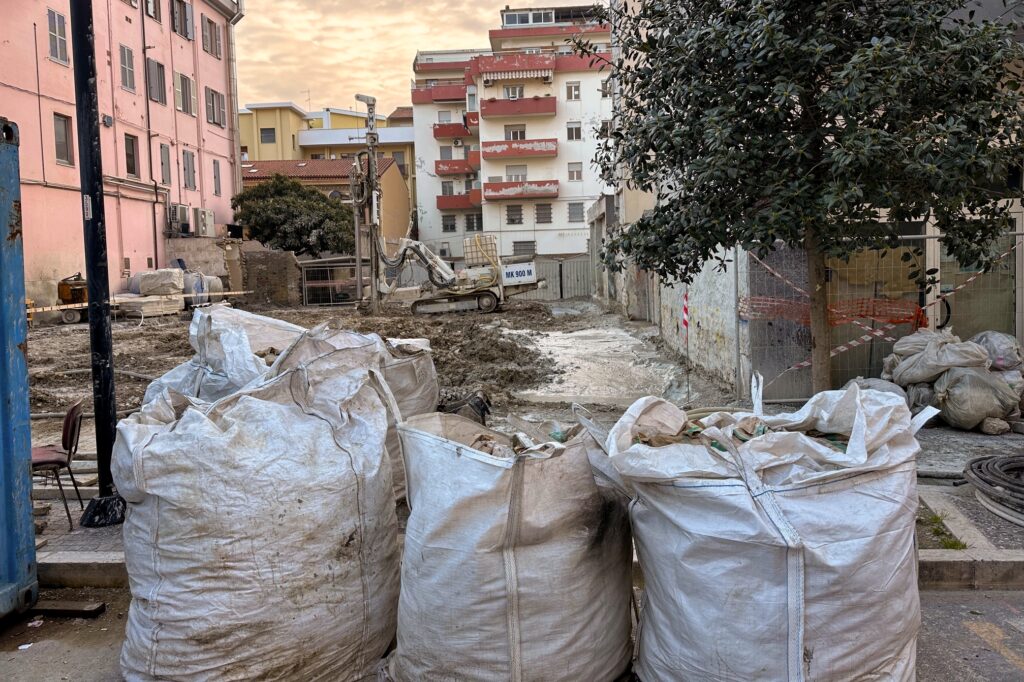
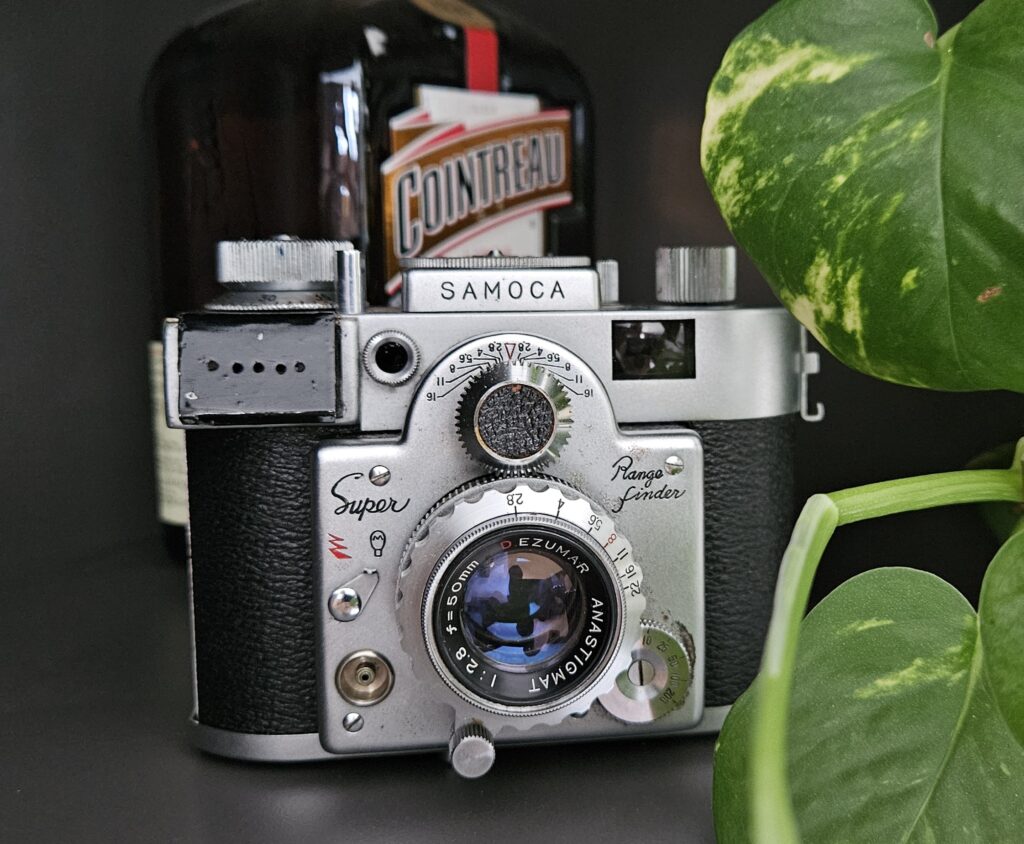




Comments
Shaz on Getting the Shot: A Hybrid Workflow Odyssey – By Jamie Winder
Comment posted: 07/12/2021
Comment posted: 07/12/2021
Agata Urbaniak on Getting the Shot: A Hybrid Workflow Odyssey – By Jamie Winder
Comment posted: 07/12/2021
Comment posted: 07/12/2021
Bill Brown on Getting the Shot: A Hybrid Workflow Odyssey – By Jamie Winder
Comment posted: 07/12/2021
The problem I see currently is that those craftsman like myself who have a long history and deep knowledge of imperceptible work are quickly disappearing and only those with twenty years or less experience are taking over. No offense intended to those newcomers but knowledge and understanding of past great work is necessary if you want to take your work beyond the mediocre of the everyday.
So the long answer is, yes, I have rules that I stick to.
Keep shooting and pushing the envelope. The person who never made a mistake never made anything.
Comment posted: 07/12/2021
Geoff on Getting the Shot: A Hybrid Workflow Odyssey – By Jamie Winder
Comment posted: 07/12/2021
Comment posted: 07/12/2021
Bob Janes on Getting the Shot: A Hybrid Workflow Odyssey – By Jamie Winder
Comment posted: 07/12/2021
Comment posted: 07/12/2021
Alan on Getting the Shot: A Hybrid Workflow Odyssey – By Jamie Winder
Comment posted: 07/12/2021
First roll: mangled while winding onto the spiral - parts of the film stuck together and tore with about 2 usable frames
Second roll: misaligned and importantly failed to lock the plastic spiral 'ramps' correctly - film completely detached from spiral and wound up on itself during development. Similar outcome to the first roll.
Third roll: loaded the tank and spiral perfectly. But I got so excited about actually doing it right this time that I completely forgot to warm the development chemistry to 20c. I half-poured the cold developer into the tank, before realising my mistake and suddenly stopping. This was followed by panicking for a few minutes trying to work out what I could do next, then deciding to tip the rest of the developer in anyway and to double the development time in the hope things would turn out okay. Result - the top third of each frame has a wavy dark patch where the last of the developer didn't get to it for a few minutes. I did however, discover you can develop B W quite successfully at 13c just be doubling the development time!
Several rolls later and I've totally regained my B W developing mojo, so I'm moving on to colour development.... ????
Four rolls in now - and this too is a very painful process. Mixed the chemistry wrong with the first 3 rolls. Fourth roll even with new chems is still a bit iffy.. Arrrrgggghhh...!
Comment posted: 07/12/2021
Comment posted: 07/12/2021
Comment posted: 07/12/2021